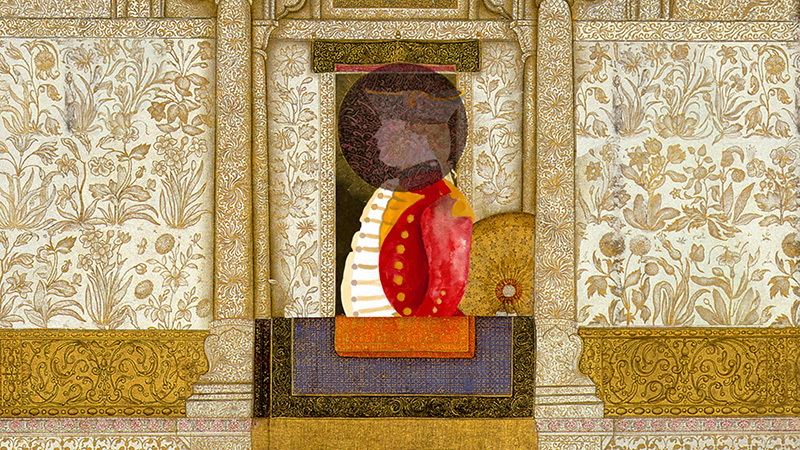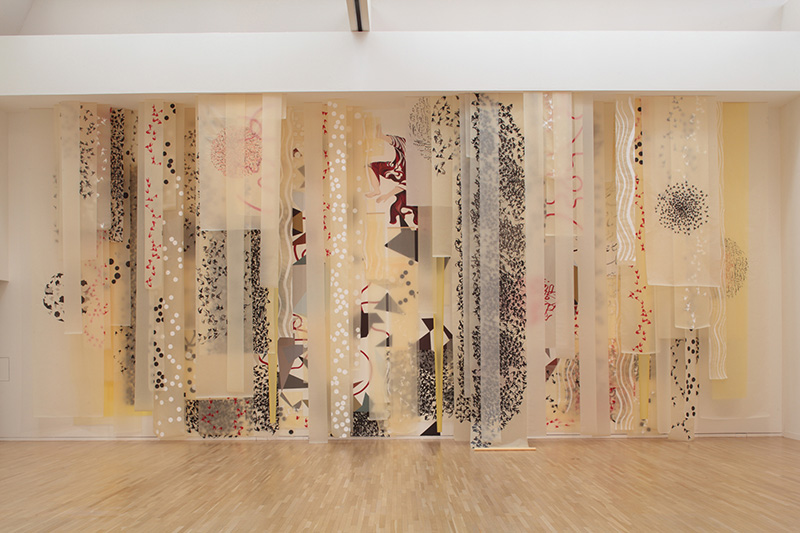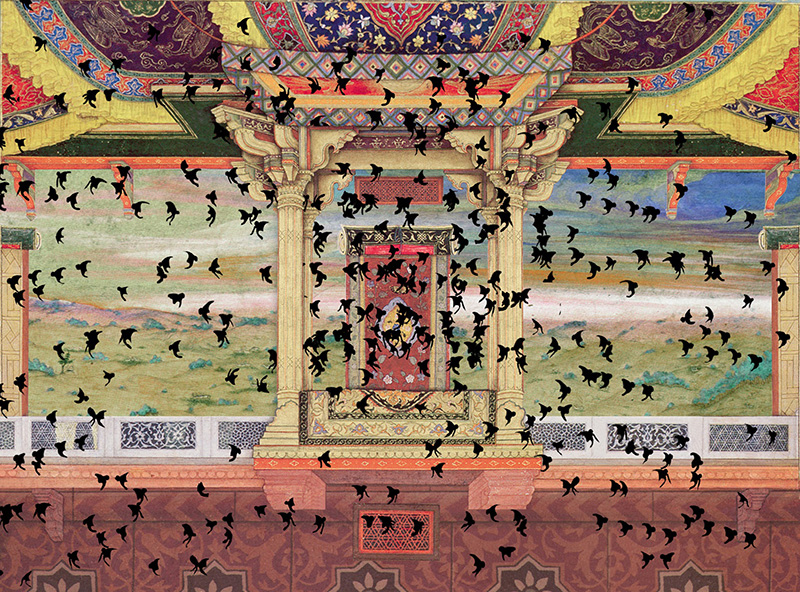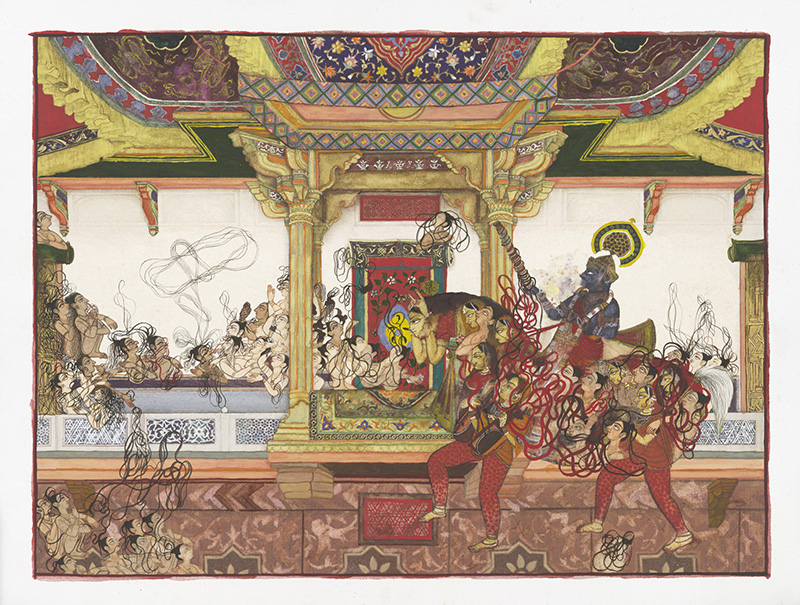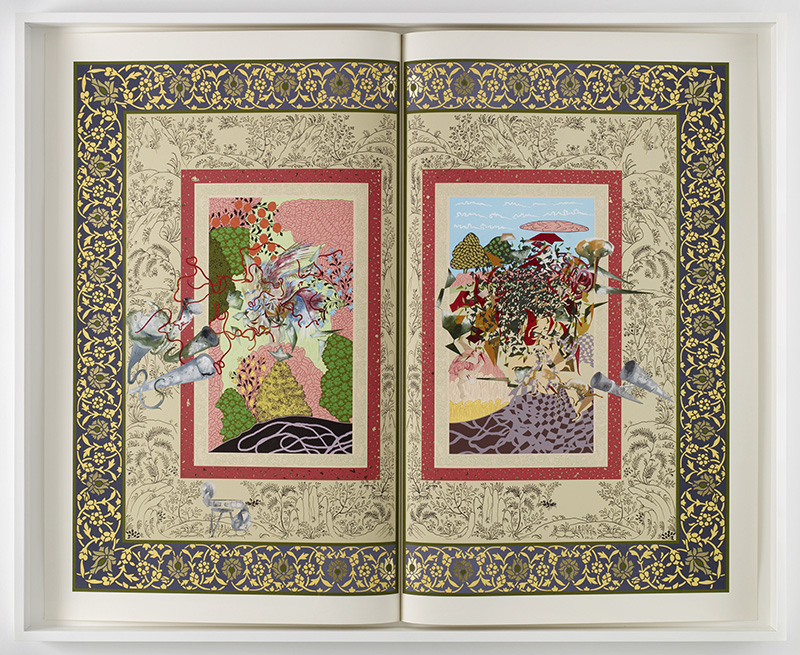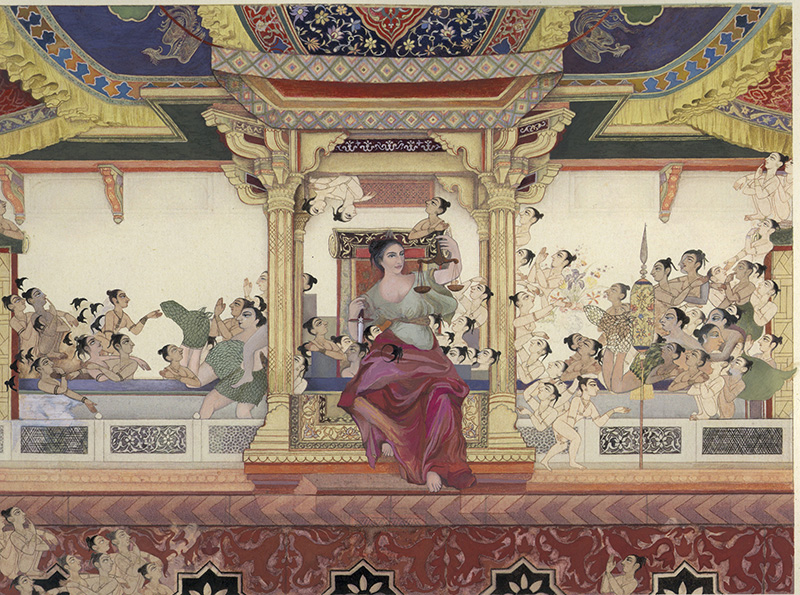ART CITIES:Rome-Shahzia Sikander
 Since moving from Pakistan to the United States in 1992, Shahzia Sikander, has been exploring ways to stretch and pull apart the vocabulary of miniature painting in different media and at different scales, creating a hybrid imagery that blurs such polarities as Hindu and Muslim, traditional and contemporary, East and West, representation and abstraction. Fundamental to the work is the fluidity with which Sikander shifts perception and challenges our ways of seeing.
Since moving from Pakistan to the United States in 1992, Shahzia Sikander, has been exploring ways to stretch and pull apart the vocabulary of miniature painting in different media and at different scales, creating a hybrid imagery that blurs such polarities as Hindu and Muslim, traditional and contemporary, East and West, representation and abstraction. Fundamental to the work is the fluidity with which Sikander shifts perception and challenges our ways of seeing.
By Dimitris Lempesis
Photo: MAXXI Archive
In her solo exhibition “Ecstasy As Sublime, Heart As Vector”, Shahzia Sikander created a layout specifically for National Museum of XXI Century Arts (MAXXI), with over 30 works in various media and idioms, from drawing to miniatures referring to the Indo-Persian tradition and from video to digital animation. Included are works born from critical thinking and inquiry of historical, literary and political positions that delineate the inherent complexity of universal themes ranging from the pre-colonial to the post-colonial, geopolitical changes, migration, cultural quarantine and the birth of nations and religion and ultimately human identity. The exhibition presents the artist’s work from ‘00s to the present day. The work which opens the show is “Parallax” (2013) a 3-channel video animation created for the Sharjah Biennial and adapted to the curvature and inclination of the spaces in MAXXI’s Gallery 5. The work deals with the history of maritime trade in the Strait of Hormuz, particularly the fraught history of imperial control. Parallax exemplifies Sikander’s signature technique of animating freehand sketches to disrupt scale and destabilize the medium by interweaving both ‘organic’ and ‘artificial’ drawing. By isolating the hair from its associated female form, Sikander emphasizes the transformative potential in certain formal elements and her process of dislocation cultivates new meanings for trenchant symbols and motifs. The gopi hair silhouette has been a recurring visual trope in Sikander’s work first appearing in “SpiNN” (2003) and recently in “Gopi-Contagion” screened in 2015 on the digital billboards in Times Square, in which the hair particles move like flocks or reproduce the behaviour of cellular organisms. Both these works are exhibited along with the video animations “Nemesis” (2003) and “Pursuit Curve” (2004), “Last Post” (2010) which tackles the issue of opium trafficking and colonial legacy of trade through the story of an officer of the East India Company. Alongside these works, the same room also houses numerous ink drawings and prints such as: “No Parking Anytime” (2001) and “Portrait of the Artist” (2016) composed of four drawings by the artist and a text written by Ayad Akhtar. The exhibition continues with “The Six Singing Spheres”, a new series of drawings in ink and gold leaf created for the exhibition and a site-specific installation realised with multiple translucent drawings overlapped into a sculptural composite.
Info: Curators: Hou Hanru & Anne Palopoli, National Museum of XXI Century Arts (MAXXI), Via Guido Reni 4, Rome, Duration: 22/6-23/10/16, Days & Hours: Tue-Fri & Sun 11:00-22:00, Sat 11:00-22:00, www.fondazionemaxxi.it
